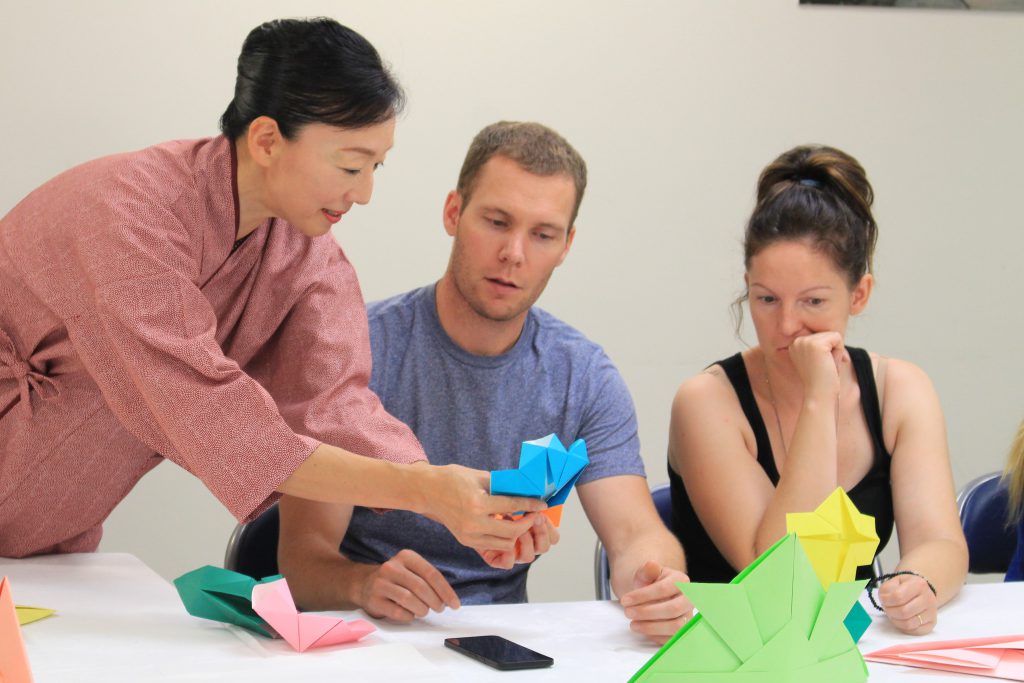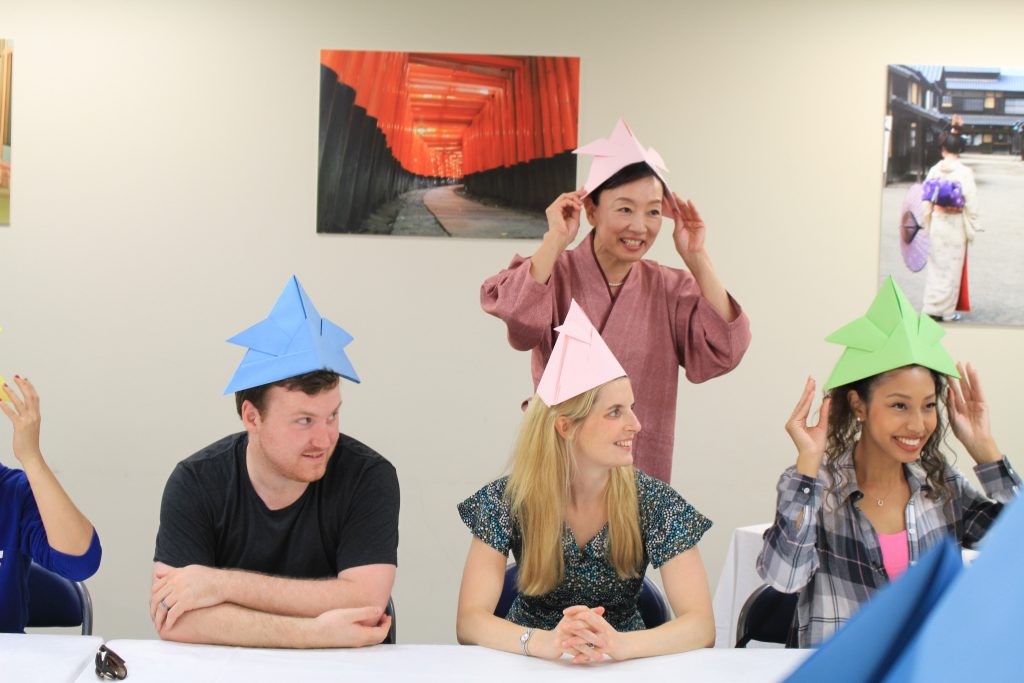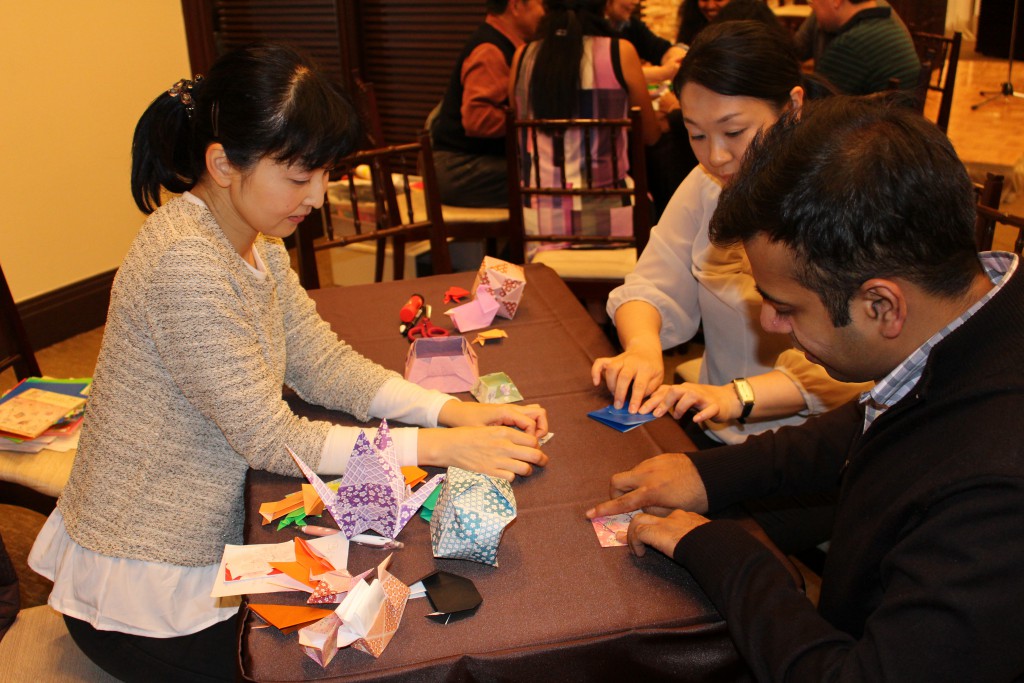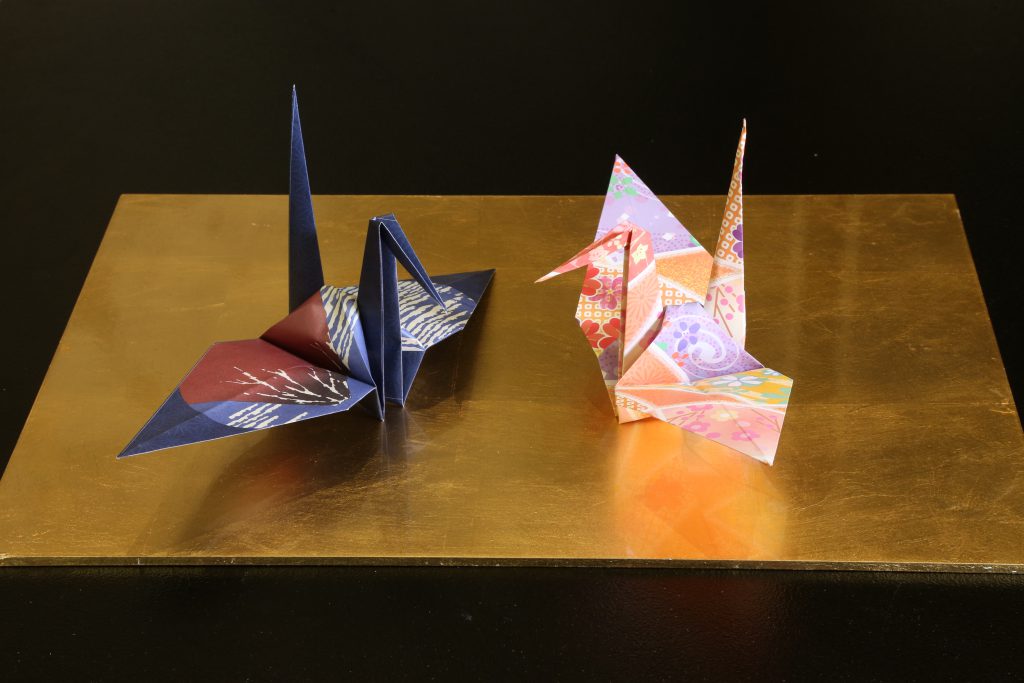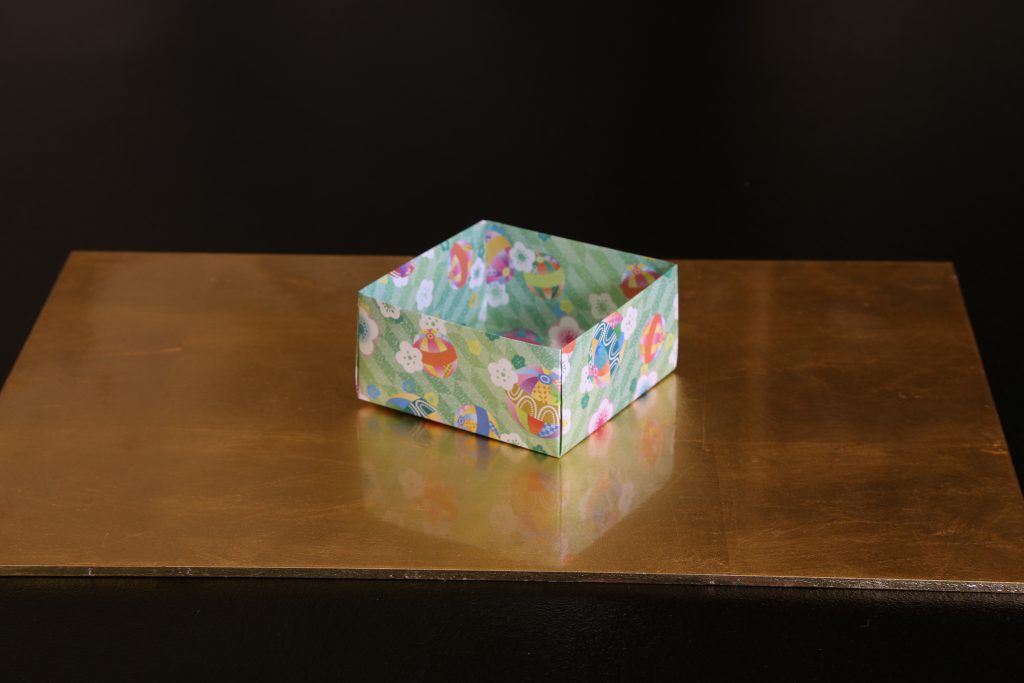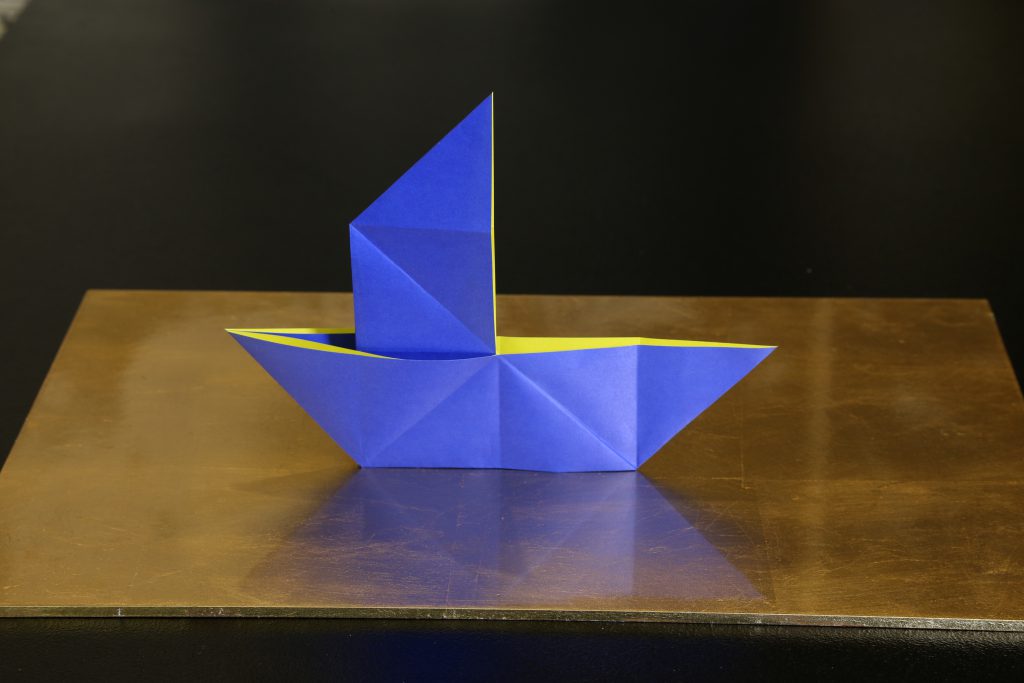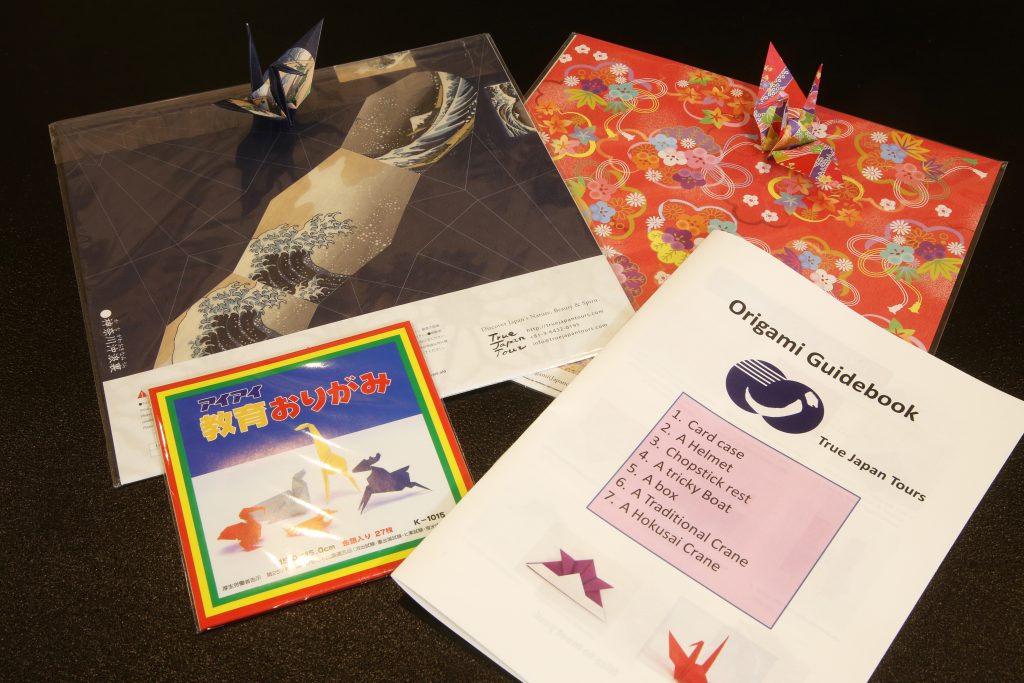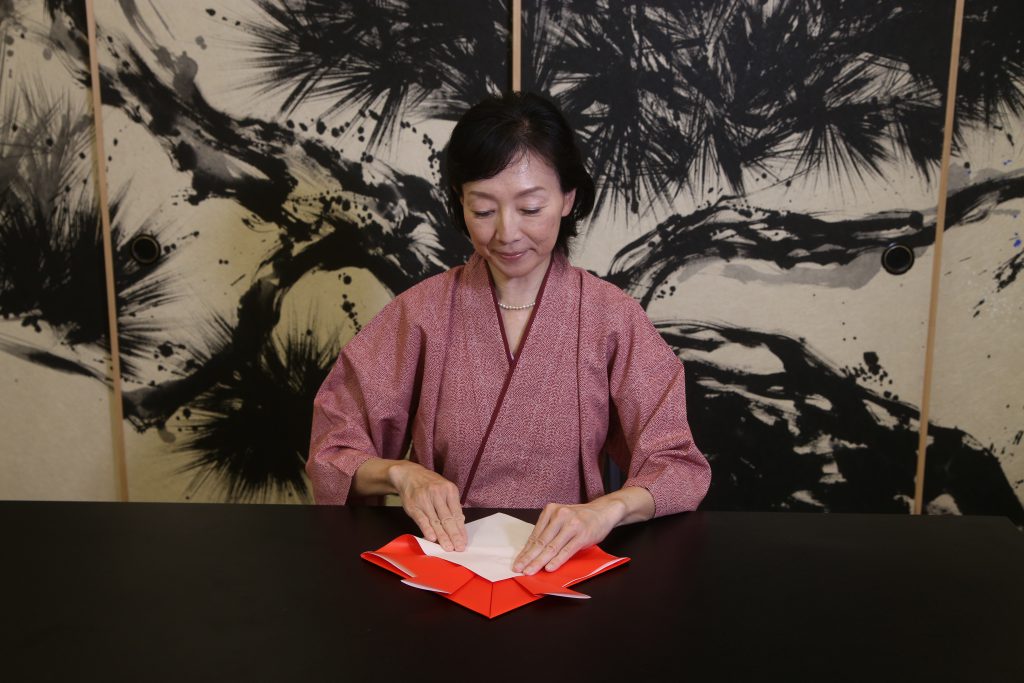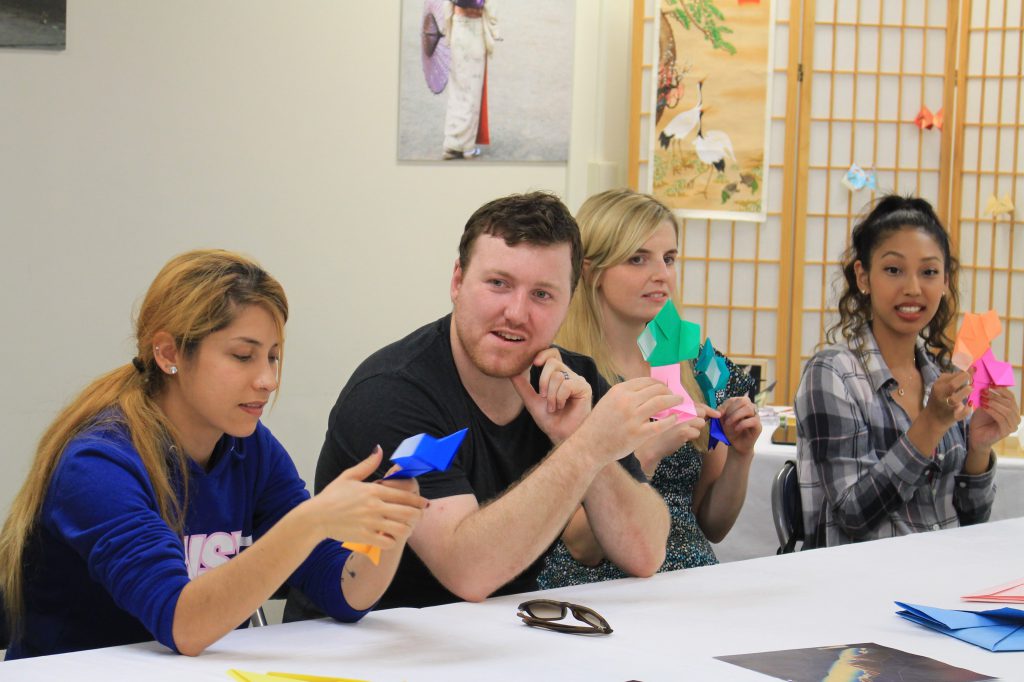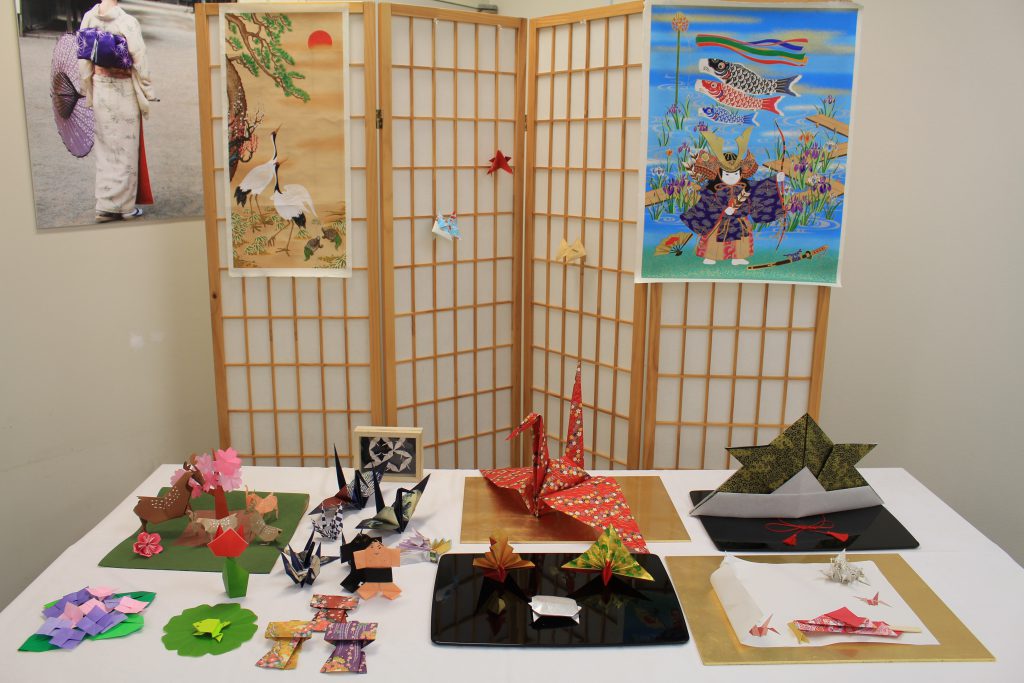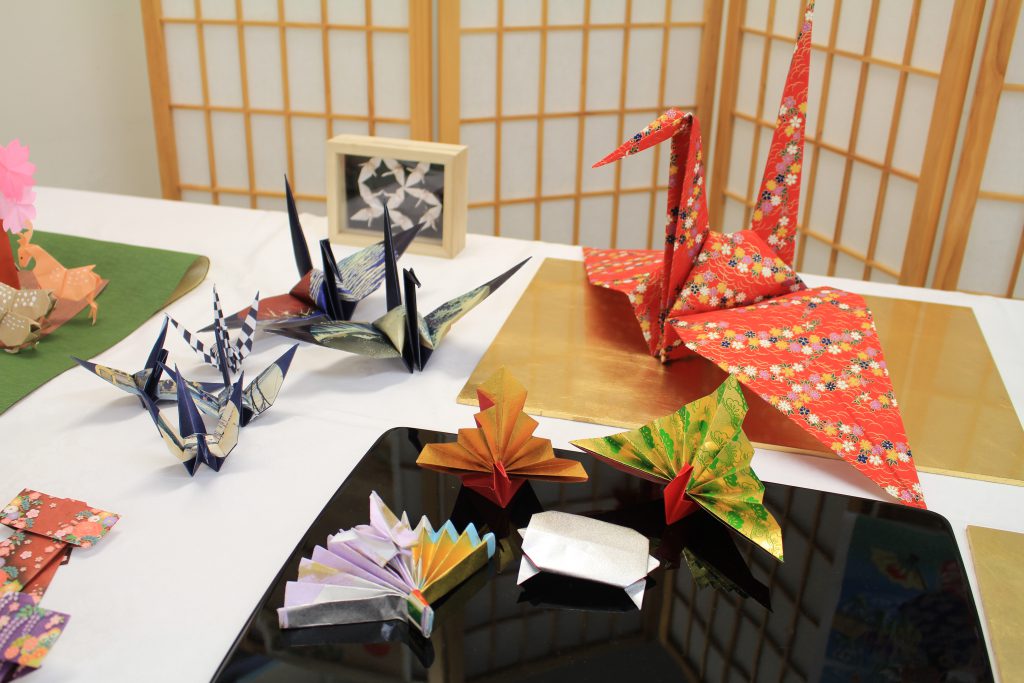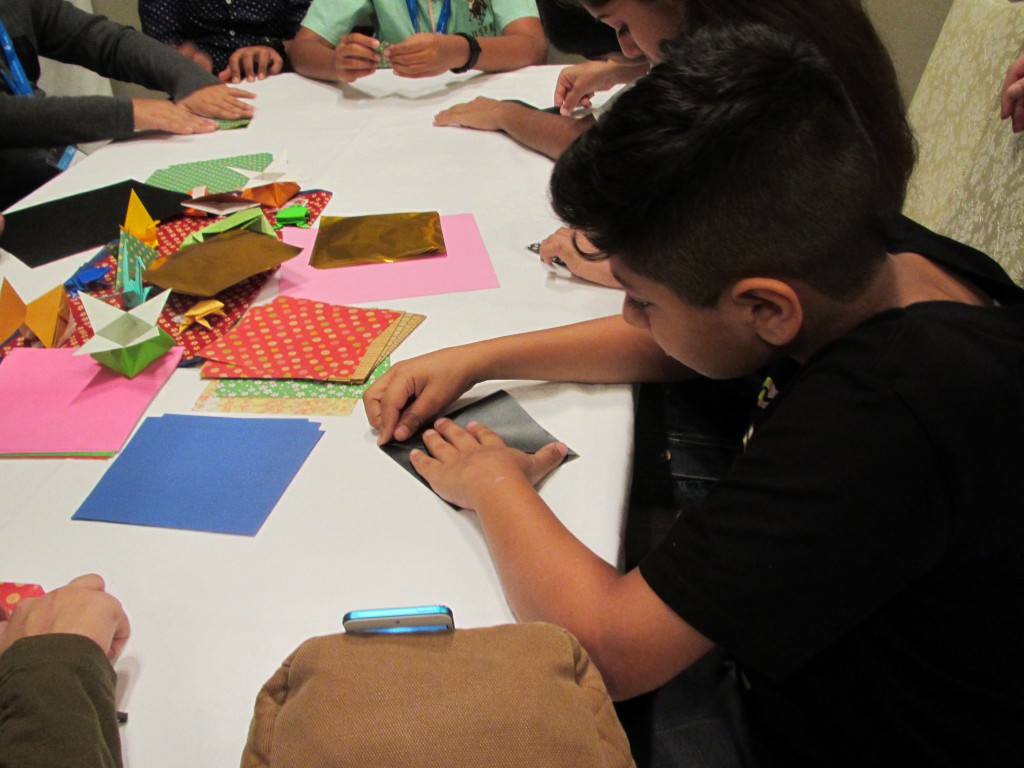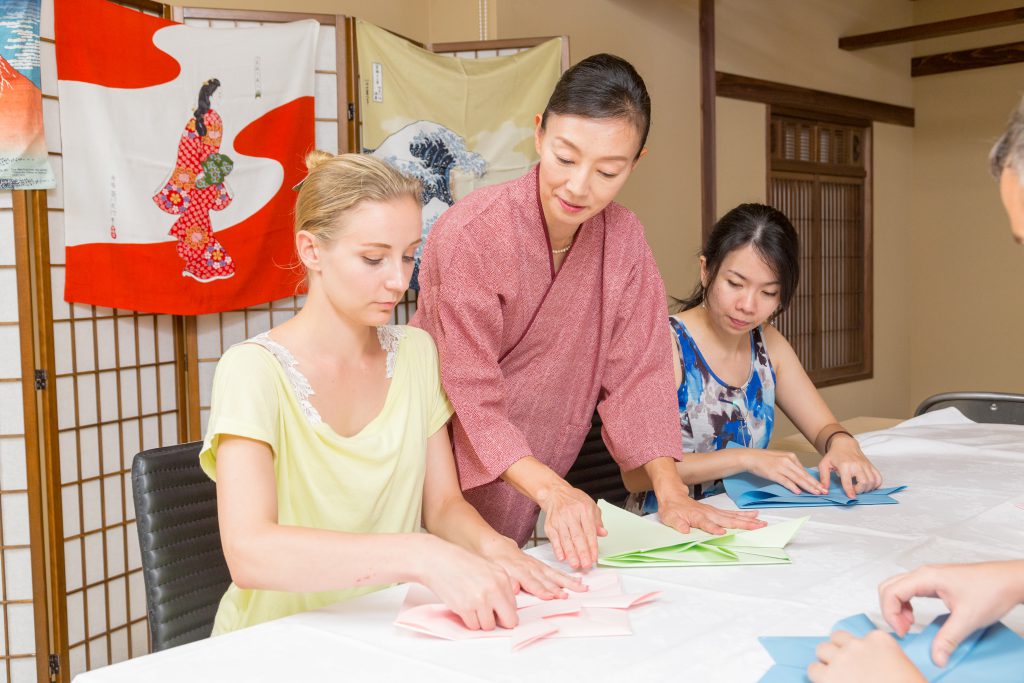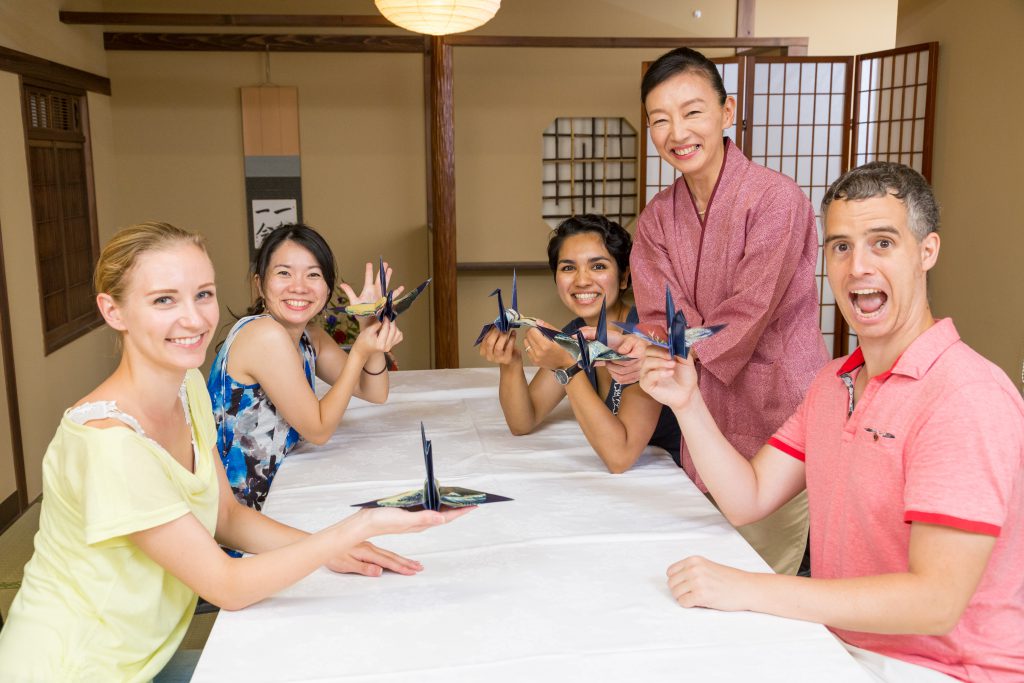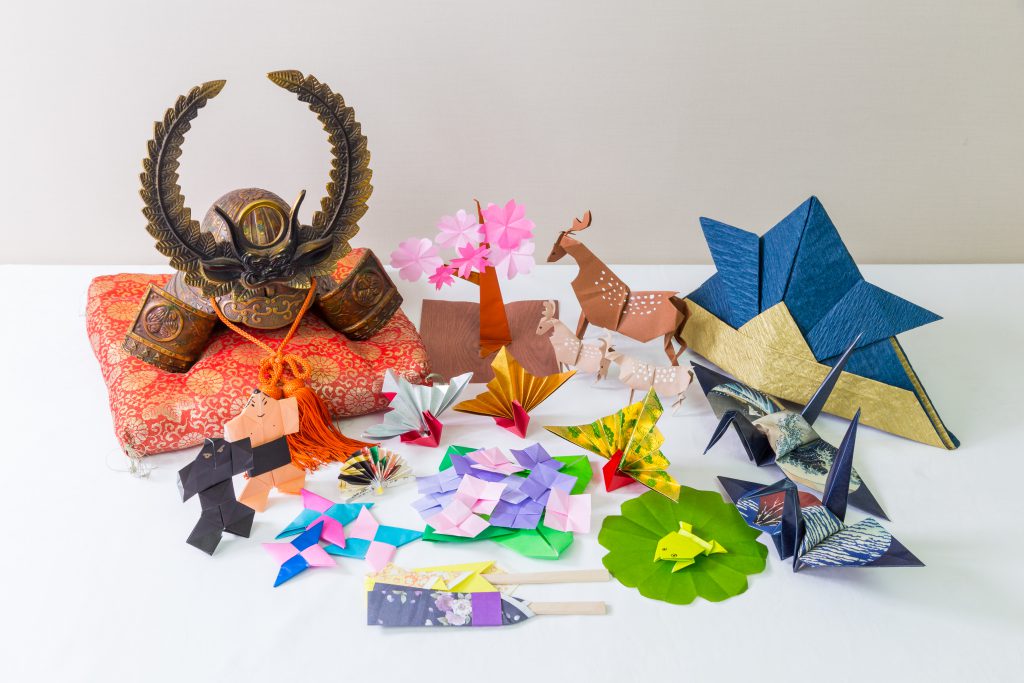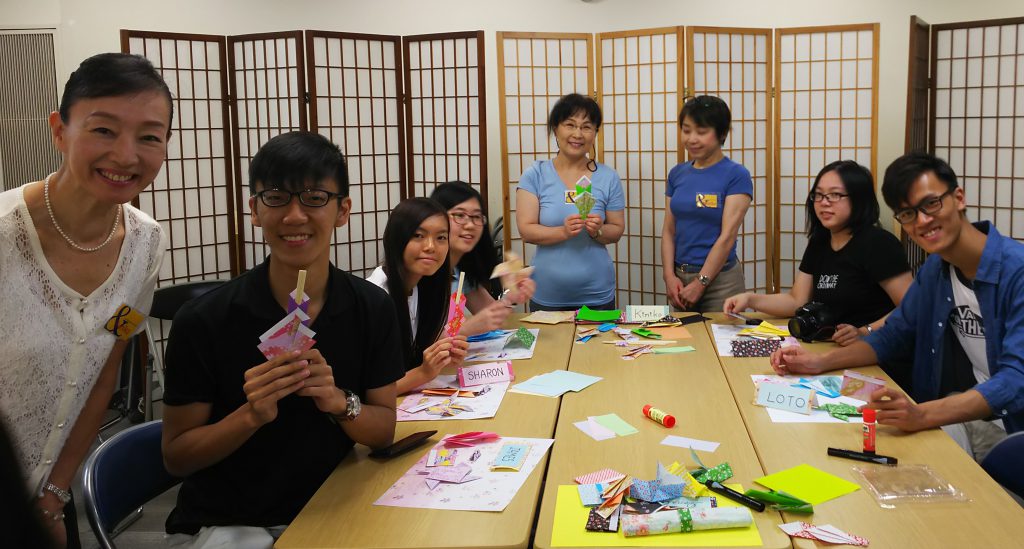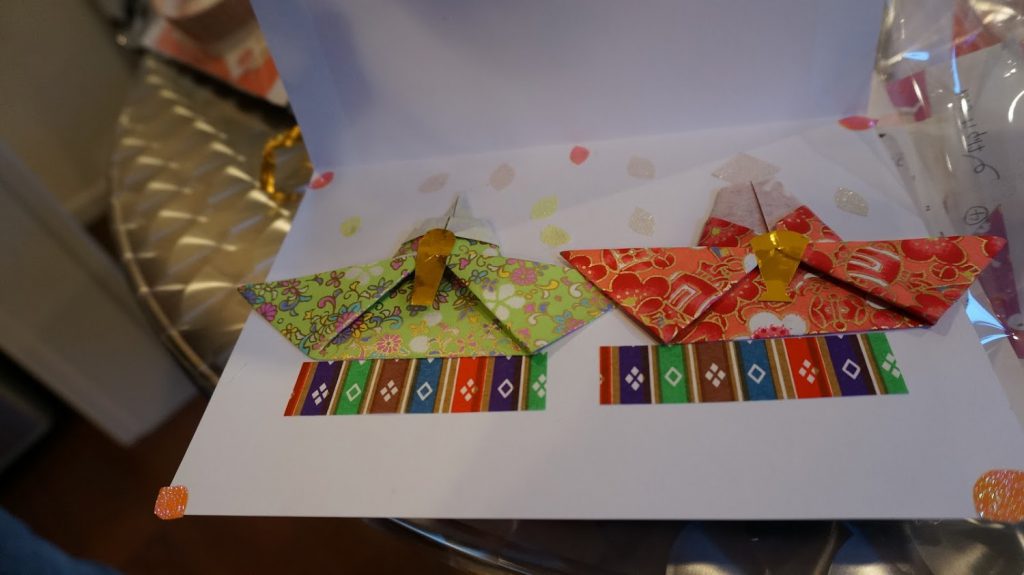Origami Folding
C013
Learn the traditional Japanese art of origami paper folding. Discover that beautiful works of art can be made using only Japanese paper, and fold colorfully patterned paper to create plants, animals, events, and more ‐ all without any tools but your hands!
HIGHLIGHT
* Learn from a nationally licensed instructor how to make 7 different origami pieces
* Master beginner origami skills with pieces 1 through 5
* Discover intermediate origami techniques with pieces 6 and 7
* Try out both traditional and modern origami techniques
In this experience, you will learn how to make the following origami pieces*:
1. A Card Case
2. A Samurai Helmet
3. A Chopstick Rest
(orr Envelope)
4. A Box
5. A Boat
6. A Traditional Crane
7. A Hokusai-style Crane
*Please feel free to ask your instructor if there are any other particular pieces you would like to make.
WHAT YOU CAN EXPECT
Many things can be made from a single sheet of origami paper. However, the different patterns and folds needed to make such creations can be hard to master. In this program, our expert English-speaking guide will instruct you how to make some eye-catching origami pieces, starting with the basics, such as the origami card case, and progressing to a more difficult level.
During the program, students will create at least 7 origami pieces, all showcasing different themes and techniques. This includes the "Kabuto" (samurai helmet), which is made in the genuine shape of the helmets worn by a samurai in battle. What’s more, it is created using larger than usual origami sheets, so that you can wear it yourself!
As part of the program, the instructor will teach you both traditional and modern ways of folding origami, as well as introduce you to origami for both fun and practical use. A peaceful yet informative activity, we believe origami is the perfect way to become familiar with Japanese culture.
More info
About Origami
The origins of origami begin with washi (literally “Japanese paper”), a thick, fibrous material made from paper mulberry. In the past, washi paper was incredibly valuable, and it was used in Shinto rituals for offerings and ceremonies, where it was often folded into intricate shapes. As a result, beautifully patterned washi paper (known as “chiyogami”) became a popular item among Kyoto’s court nobility, and courtiers began folding washi paper for other kinds of celebrations too.
Later, due to the spread of woodblock printing, use and ownership of chiyogami spread to the general public. It was through this new step that origami as we know it was born, and what had begun as a custom for religious ceremonies grew to be a secular activity in which people folded shapes and images for fun.
Nowadays, popular origami patterns are typically common motifs of Japan’s illustrious Edo Period (1603-1868), when origami became popular nationwide. Many new origami designs and techniques have been created also, meaning that hundreds of different creations can be made from a single sheet of paper. The art of origami is even said to express the wisdom and sensitivity of the Japanese people, and folding origami pieces together at home is cherished as something that strengthens family ties.
In modern times, origami also continues to be relevant. Washi paper is used in fashion, and origami techniques are used in a wide range of fields, including in satellites and in the production of artificial blood vessels.
Itinerary
CANCELLATION POLICY
In the event of cancellation, the following fees will apply:
(1) 3-14 days prior to the program: 20% of the program fee
(2) 2 days prior to the program: 50% of the program fee
(3) One day before the program or on the day*: 100% of the program fee
*In the case of a no show, a separate remittance fee will be charged.
There are no reviews yet. Be the first one to write one.
PROGRAM FEE(Excl. consumption tax)
- Fee per Person
- 10,800JPY
- STARTING TIME
-
(1) 8:30~
(2) 10:30~
(3) 13:00~
- DURATION
- 90 mins
- LOCATION
-
Senshinan (B208) in the Kikai Shinko Kaikan Honkan building (2 minutes north of Tokyo Tower)
- MINIMUM NUMBER OF PARTICIPANTS
- 2 people
- INCLUSIONS
- * Instructional explanation of origami in English
* 30 sheets of origami paper (15 cm square)
* 12 sheets of 30 cm square origami paper (specially designed with Ukiyoe and other designs)
* Textbook in English
- EXCLUSIONS
- Venue and/or travel fees for events outside of the Grand TJT facility.
- NOTIFICATIONS
- * This is a shared program. Multiple groups may take this program at once.
* Please follow the instructions of the guide during the program. We will not be responsible for any accidents that may occur due to disobedience of the guide's instructions.
* The program duration stated is only an approximate. Please note that the duration of the experience may vary depending on situation and number of guests.
* For the cultural experience programs, you are required to meet our guide at a designated meeting place. If you are late, please contact us at 03-6432-0195 during business hours (from 8:00 to 17:00 on weekdays,from 8:00 to 10:00 on Saturdays). We may also provide you with an additional telephone number to contact in advance of the program.
Please note: The main entrance to our facility is locked on Saturday afternoons, Sundays, and national holidays. If you attend an experience on one of these days, please wait in front of the lobby and a staff member will come to meet you
* If you require special assistance during the program due to any of the following: religious reasons, physical conditions, illness, allergies, or age of children, please be sure to indicate this in the remarks section of the reservation form at time of application. Please note that we cannot guarantee any arrangements or changes to the program without prior inquiry.
* The minimum number of participants for our cultural experience programs is 2, with the exception of the kimono experience, which can be attended as a single participant (1+ participants).
* This program is typically held in English. However, languages other than English can also be supported. Please inquire at info@truejapantours.com for details.
* Our business hours arefrom 8:00 to 17:00 on weekdays,from 8:00 to 10:00 on Saturdays. Please note that inquiries received outside of business hours will be handled on the next business day. The application deadline for this program is 10:00a.m. (Japan Standard Time) five business days prior to the tour date. If you wish to apply after the deadline, please contact us at info@truejapantours.com.
* Please note that we cannot guarantee arrangements for programs purchased after the application deadline without prior inquiry.
Stocker
BOOKMARKS
- Not available.


